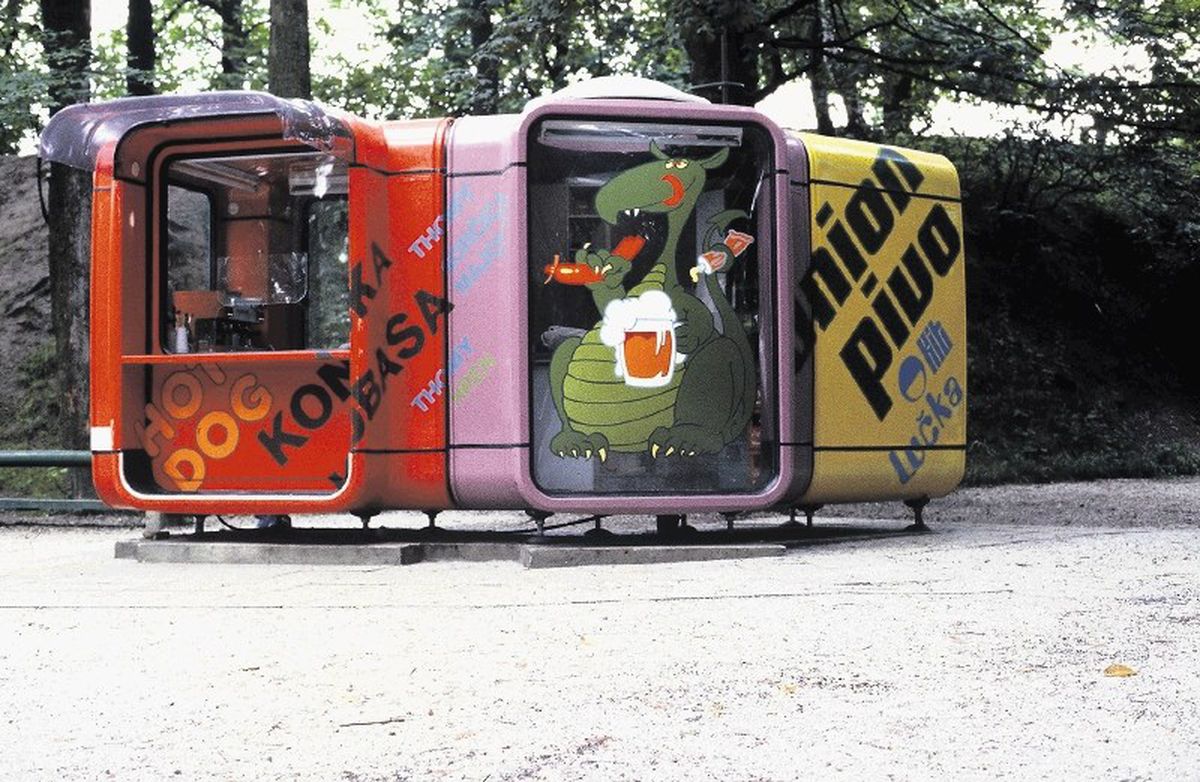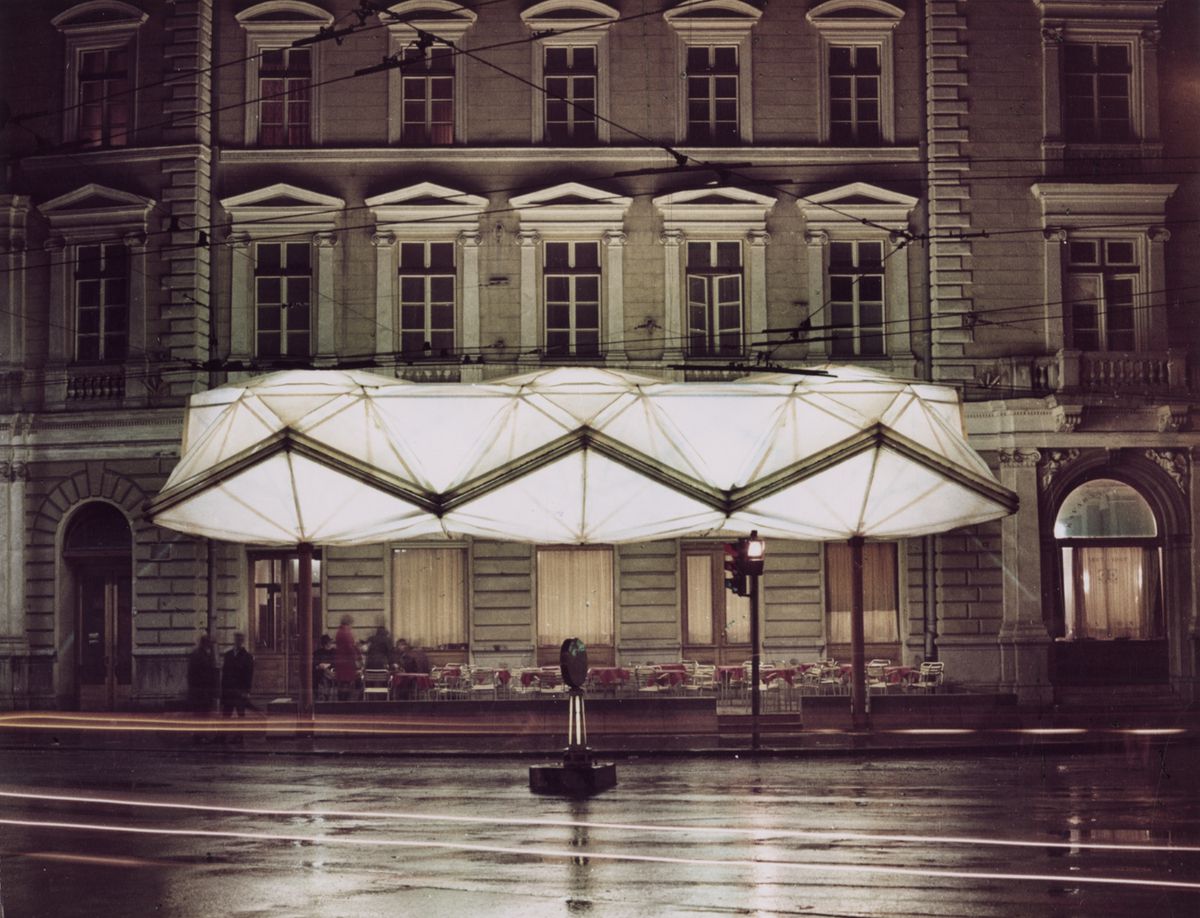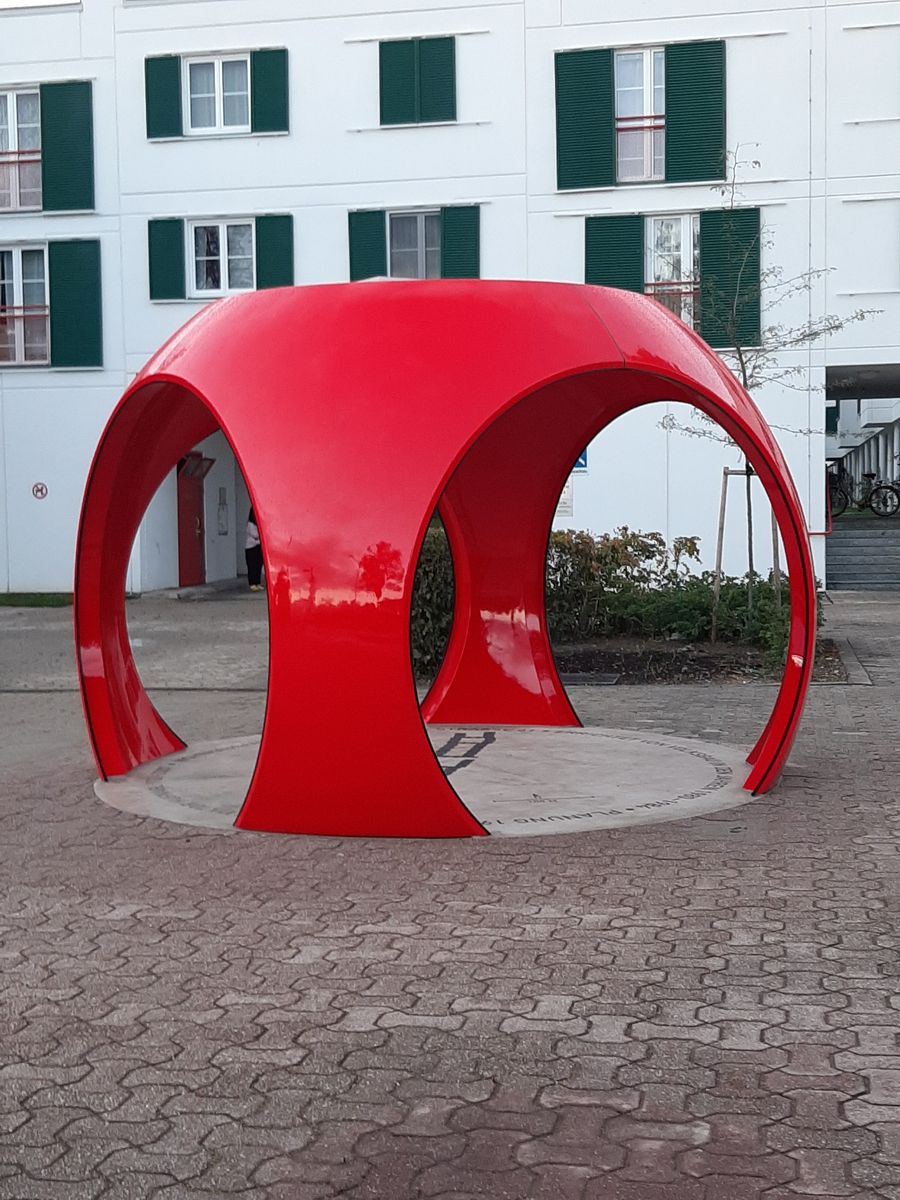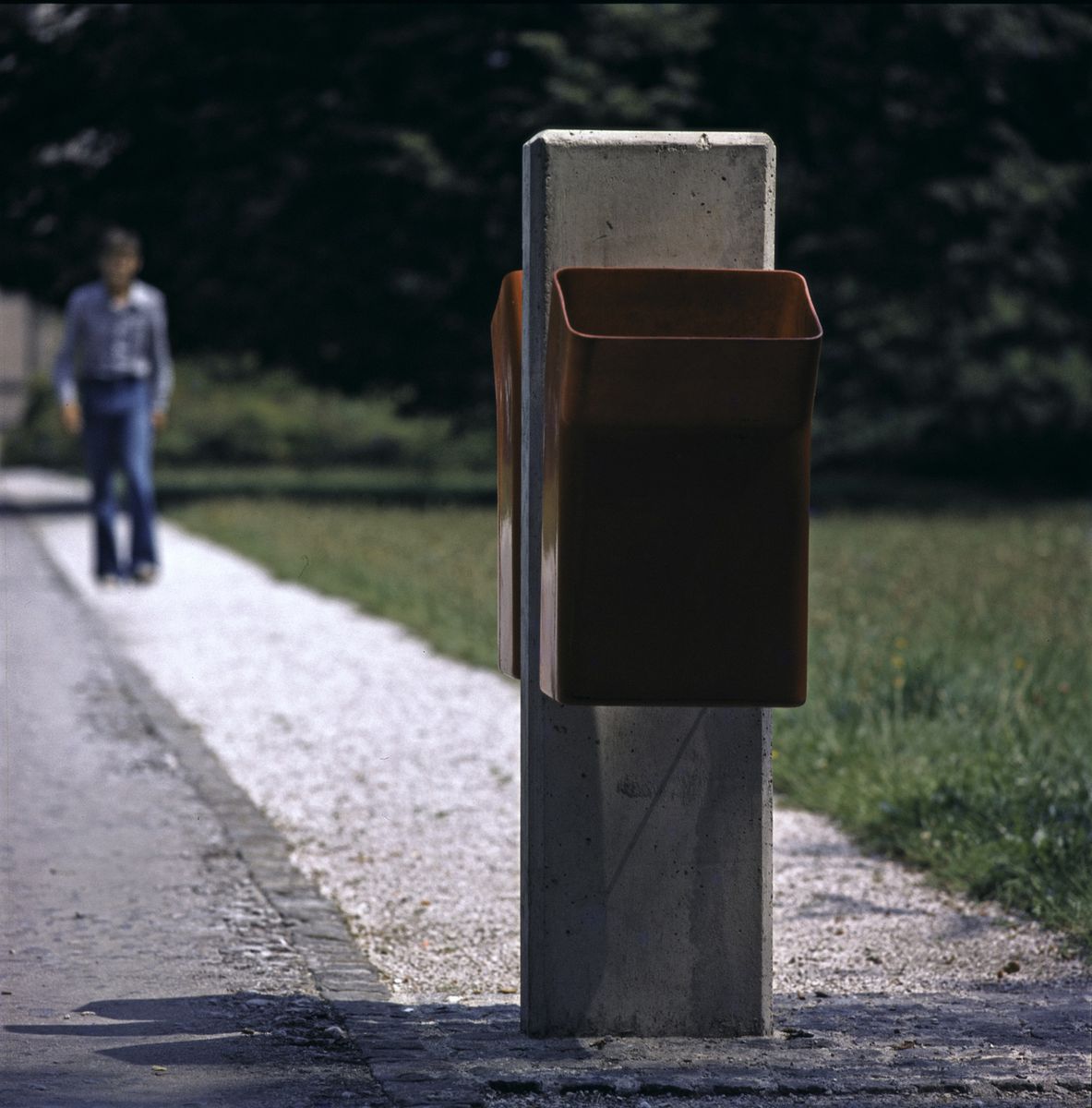In the tumultuous 1960s, during which the world witnessed a multitude of social and technological transformations, Mächtig conceived a small cellular metabolist architecture and spread it worldwide with a colossal number of 7,500 repetitions as network architecture. It soon became famous "legendary red kiosk K67". Further adding to its commercial success was the swift invitation to be included in the collection of the outstanding 20th-century global design housed by the MoMA Museum, New York, where forty-eight years later the K67 underwent a revalorization at the exhibition "Toward a Concrete Utopia Architecture in Yugoslavia 1948–198". Already the following year, this embodiment of ‘socialism’ was installed in the middle of the daily flow of half a million people spilling over Times Square, the heart of the capitalist world. Today, the K67 is likewise no stranger to Tokyo, Nagoya, London, Paris, Stockholm, or Zürich. And, as the Austrian daily Der Standard observes, it has also obtained its update in the new K21 in Vienna.
That the ‘network modular architecture’ was followed by other prototype industrial products is of secondary importance – many continue to be in use even sixty years later. Der Standard metaphorically describes Mächtig’s approach as "Architecture as Fiat 500" (Ger.: Der Fiat 500 der Architektur).
Mächtig drew inspiration for his innovative modular systemic and strategic quest in the concept of Ravnikar’s Reforming Design Study under his famous transdisciplinary Course B. In his life, Mächtig effortlessly passes between realizations in professional practice and serving as teacher, responsibly facilitating the evolution of professional design within the socioeconomic and political contexts of understanding social and technological changes both locally and globally.
One of the highlights of his work is the organization and implementation of the 17th world congress of industrial design (ICSID) in Slovenia in 1992, under the slogan "At the Crossroads – The World of Change/Change of the World", promoted in Amsterdam in 1987.
The talk will be in Slovene.



